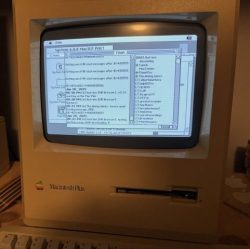It could be argued that erasable programmable ROMs (EPROMs) with their quaint UV-transparent windows are firmly obsolete today in an era of various flavors of EEPROMs. Yet many of these EPROMs are still around, and people want to program them. Unfortunately, the earliest EPROMs were made during a time when JEDEC standardization hadn’t taken root yet, leading to unique pinouts, programming voltages, and programming sequences, as [Anders Nielsen] explains in a recent video.
[Anders]’s Relatively Universal-ROM-Programmer project recently gained the ability to program even the oldest types of EPROMs, something which required modifying the hardware design to accommodate EPROMs like Ti’s TMS2716 and the similar-but-completely-different TMS2516. Although not the hardest thing to support – requiring just a diode and resistor added to the BOM along with a firmware update – it’s just one of those pre-standardization traps.
As [Anders] put it, it’s sometimes good to be unencumbered by the burden of future knowledge. Who would have willingly subjected themselves to the chaos of incompatible pinouts, voltages, etc., if they had known beforehand that in a few years EEPROMs and JEDEC standardization would make life so much easier? Maybe that’s why messing with retro hardware like this is fun, as afterwards you can go back to the future.
Continue reading “Dealing With The 1970s EPROM Chaos In 2025”



















